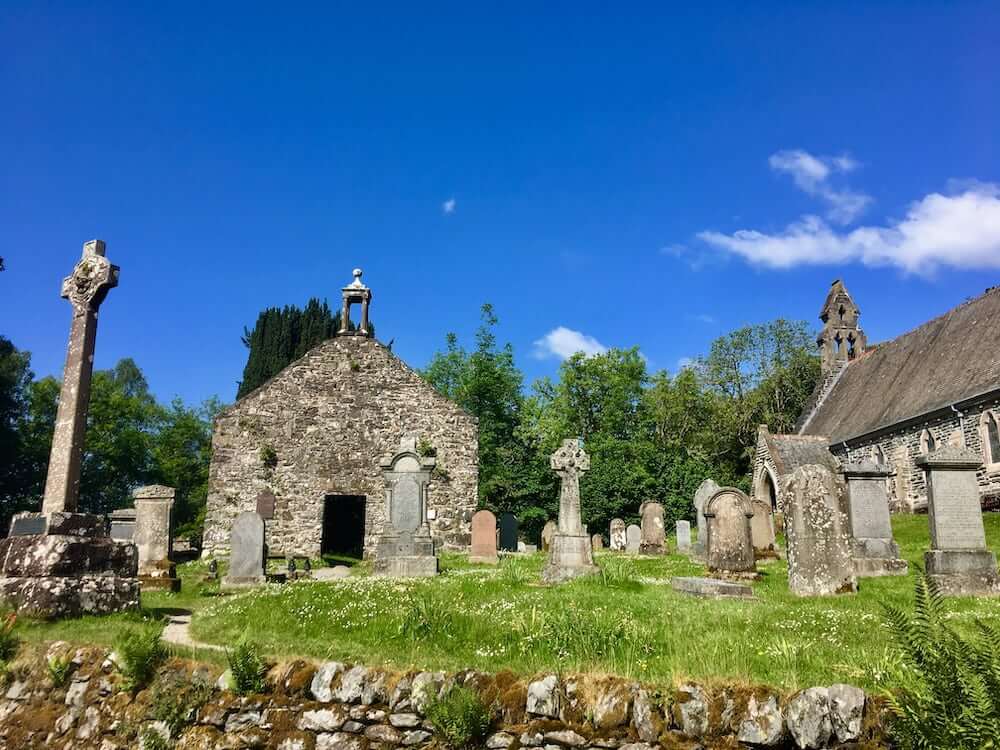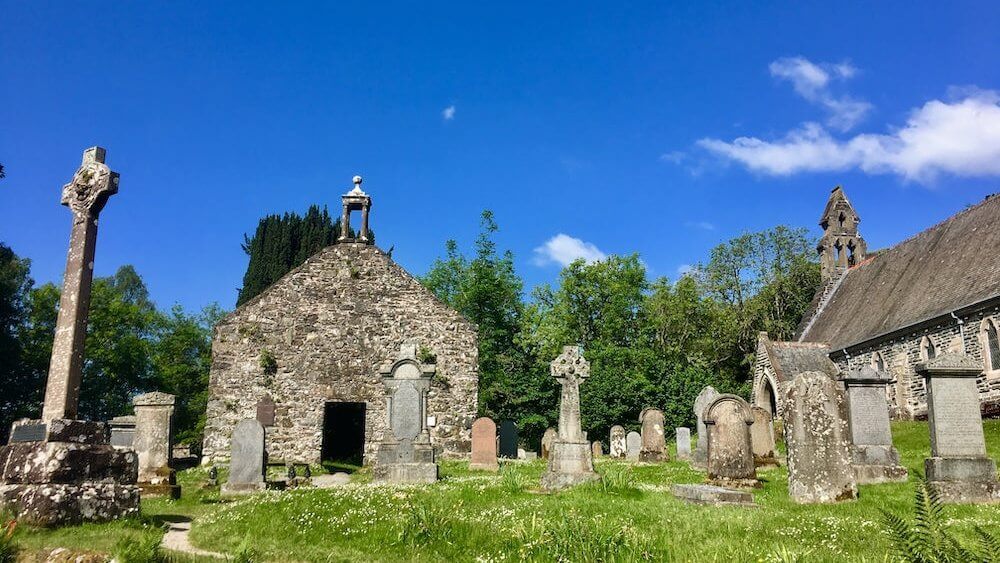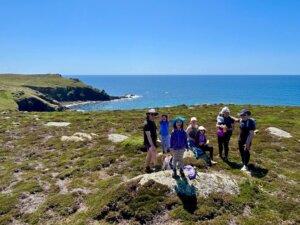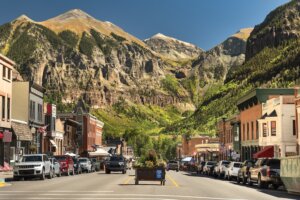
The Rob Roy Way is a trekking route through the southern Scottish Highlands that connects the iconic locations of Rob Roy’s MacGregor’s life. This idyllic trail follows windswept moors and woodlands lush with bluebells through the home of clan MacGregor, where the legendary outlaw did battle with the Duke of Montrose. Rob Roy himself became part of the collective Robin Hood mythology, especially after his lionization in William Wordsworth’s poem Rob Roy’s Grave. Despite the many legends surrounding the outlaw, what is the true story of Rob Roy MacGregor?
The Story
Rob Roy’s path to becoming a folk legend began when he joined the Jacobite rising of 1689 alongside his father. The Jacobite rising, although mired in the geographic politics of the time, was essentially a contest between the Catholics and Protestants for control of the English Isles in an effort to return King James II to the throne after his deposition. With the heart of the conflict taking place in the wild Scottish Highlands, traversal during this conflict was exceptionally difficult due to the lakes, moors, and mountains which prevented protracted warfare and a lengthy conflict. Although the war ended without King James’s return, the Scottish remained defiant, and the conflict would be a first step to what would become the 9 Years War. It was in this politically unstable climate that Rob Roy would become a folk hero.
After his time in the Jacobite rising of 1689, Rob Roy MacGregor, at the time a cattle rancher, borrowed a large sum from the newly positioned Duke of Montrose to expand his herd. It was after he refused to repay his loan to the Duke that Rob Roy turned towards the time-honored tradition of cattle raiding. Cattle raiding in the highlands was almost a respected profession during the 17th century, although Rob Roy proved to be a particularly belligerent thorn in the Duke of Montrose’s side, leading to the historic perception of him as an outlaw hero.
As tensions escalated in the highlands, Rob Roy joined the Jacobite rising of 1715, the second armed conflict he would participate in. Legend has it he was wounded fighting alongside a marooned platoon of Spanish soldiers, although this account is disputed. Following this second Jacobite rising, the Clan MacGregor was excluded from the widespread legislation looking to bring the unruly Scottish clans into the fold, due to the clan’s continued opposition to the crown. This turn of events separated Rob Roy from his ancestral home, which was burned to the ground by the Duke of Montrose’s men. Displaced from his home, Rob Roy traveled to Balquhidder where he would eventually be buried outside a stone chapel by a waterfall. During this period, the outlaw continued to harass his age-old enemy the Duke of Montrose until his capture and jailing. After his imprisonment, he was ordered into exile, although he would be pardoned in the nick of time to temper the political situation in the Highlands. Rob Roy would live out the rest of his life in relative peace, before dying at home with his family.
Today, Rob Roy remains a legendary figure that represents a stand against authority – a timeless Scottish tradition. Although the conflict between the Jacobites and Stuarts has left the public imagination, the figure of Rob Roy himself still looms tall as “the real Robin Hood.”






















Comments are closed.